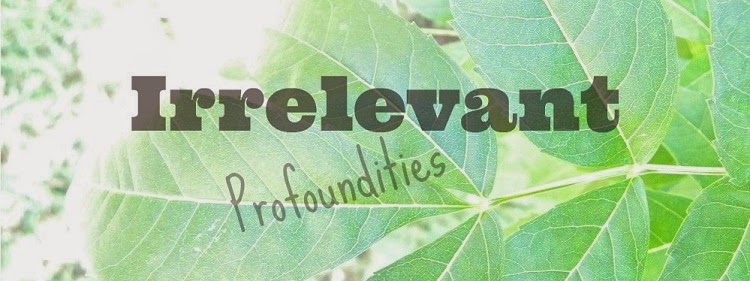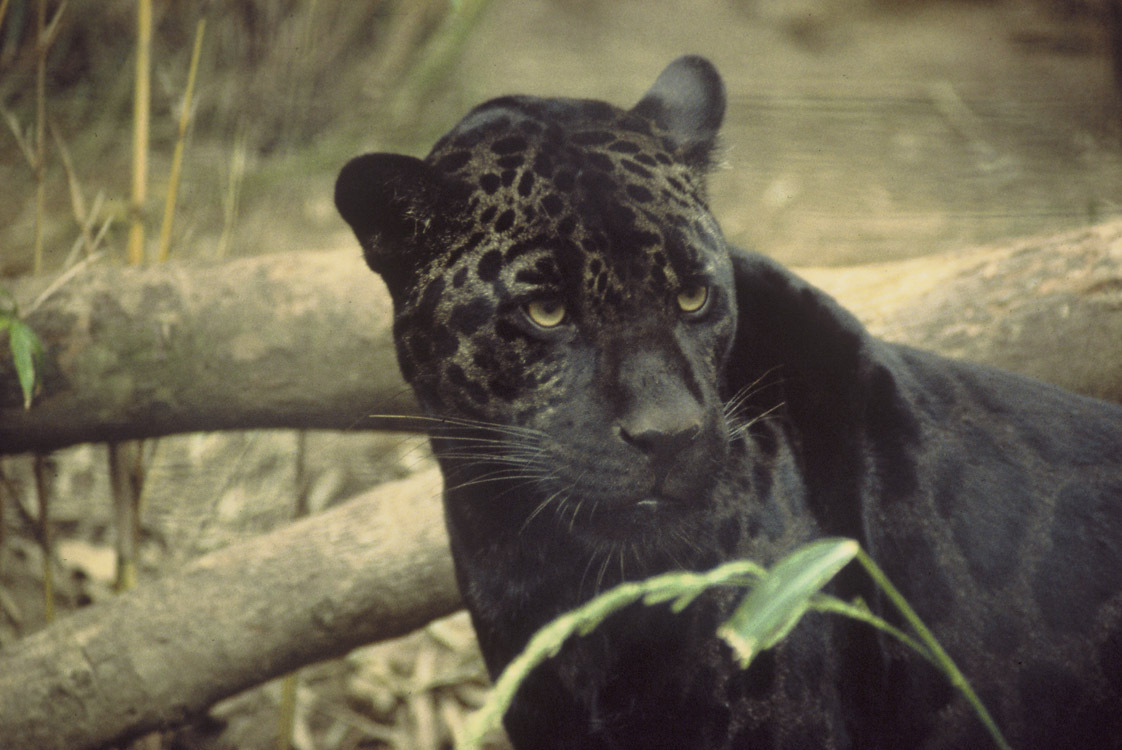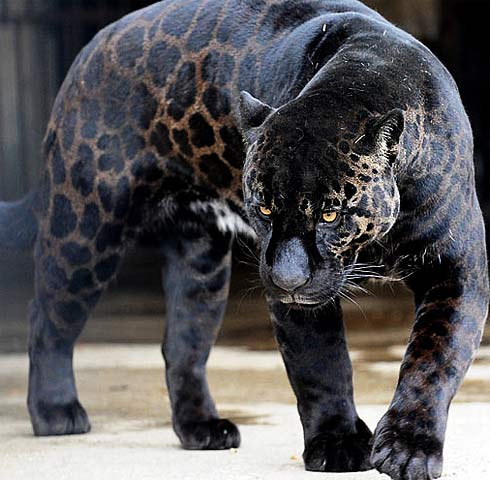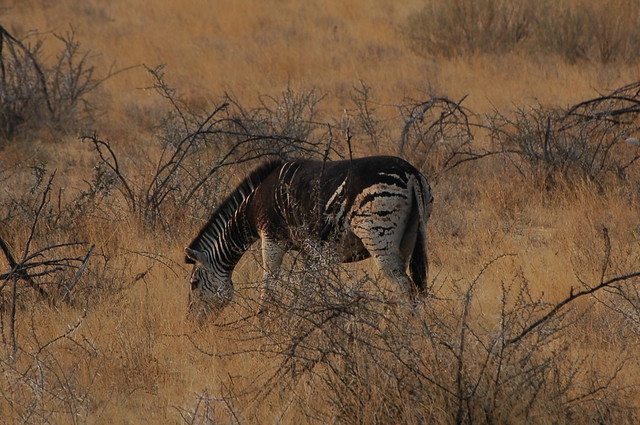And not to forget, of course, the original model.
Friday 29 November 2013
Wednesday 27 November 2013
A Song - to the Lost
Down. On your face.
Not Falling, not rising.
Waiting,
for something Holy,
something more.
Nothing changes,
no storm, no wind
Waiting,
time means nothing.
What do you expect, O Child of Mine?
Are you waiting for a rush of wind?
A fire?
A storm?
Close your eyes, stop looking hard
Why do you believe I come from afar?
You listen.
Hush.
Wait, O Child of Mine.
Do you know what you are waiting for?
Your heart is longing, yet you do not understand
Can you not trust Me with this?
Trust Me to know
To know why your heart aches
Believe in Me -
stop pushing so hard.
Listen!
You hear nothing.
Stop looking with your eyes
Stop hearing with those ears
You will find nothing.
What you search for,
O Child of Mine
Is deeper
Far deeper
Further than you know
Bigger than your dreams
Impossible, it is not.
You despair
Yet believe in this
The time will come
Has come
for this.
Your heart tells you so.
Put aside your world
all you know.
My Child, you were made for this
Did I not create you for Me?
Surely I put this within you
My Child.
Surely I made you for Me.
Reach in within you,
search your heart
It has already told you so.
Am I not God, and Father, and Creator?
You were created for Me.
Stop searching
Stop fighting
Breathe.
Know Me.
I am there.
I am within you.
Let it all fall away
O Child of Mine
let nothing more matter.
No more
Let it go.
Receive Me.
Breathe Me in -
I am yours.
Wholly,
Fully
Passionately
Perfectly.
Breathe in every part of Me.
Let Me restore You.
Let Me make You whole, My Child.
You are Mine
I Am Yours.
I Am Yours.
Tuesday 26 November 2013
Aidi - Dog Breed Profile
The Aidi is a breed of dog well known for its looks and guarding ability.
Also known as the Atlas Mountain Dog or Atlas Dog, the Aidi is a rare breed throughout the world, whilst being common in its homeland of Morocco.
The breed has been much discussed and some confusion still exists regarding the breed's origins, and the original purpose of the breed.
Some say the breed was created and bred as a herding type dog, but most living working Aidis in their homelands work in a different manner to European sheepdogs, and are more likely used as protectors of their humans and possessions - which can include livestock - from predators.
The Aidi was once thought to be a herding dog and was given the name 'Atlas Mountain Dog' and considered a variant of sheepdog. This classification of the breed was later considered to be false, and the breed's name changed. The classification of the purposes of the breed was also altered from a variant of herding dog to a variant of guarding/companion type breed.
Aidis are large, molossus type dogs with thick, long hair which acts as a protection from the weather. While being of mollossus type the Aidi is relatively lighter and finer in build to other, more sturdy breeds (for example the heavier Great Pyrenees).
In its country of origin the Aidi may have its tail docked and ears cropped, however this is not done as frequently as it used to be. Without the influence of docking or cropping, the Aidi has a naturally long, brush tail, and semi-prick ears which are relatively low set on the side of the head. The head is broad and solid, ending elegantly with a tapering muzzle, giving the appearance of a collie-type dog, instead of a mastiff type.
The Aidi can sometimes be mistaken for a herding type breed based on appearance alone.
Aidis likely come in a huge variety of colours, and can range from solids, Irish White patterns, Piebald and Extreme Piebald patterns. Full white is also possible.
Colours:
include Blacks, agouti patterns such as sable, tan points, brindle and masks, and dogs also come in chocolate and very likely blue forms of dilution. Recessive red and variations of this colour may also be possible.
Also known as the Atlas Mountain Dog or Atlas Dog, the Aidi is a rare breed throughout the world, whilst being common in its homeland of Morocco.
The breed has been much discussed and some confusion still exists regarding the breed's origins, and the original purpose of the breed.
Some say the breed was created and bred as a herding type dog, but most living working Aidis in their homelands work in a different manner to European sheepdogs, and are more likely used as protectors of their humans and possessions - which can include livestock - from predators.
The Aidi was once thought to be a herding dog and was given the name 'Atlas Mountain Dog' and considered a variant of sheepdog. This classification of the breed was later considered to be false, and the breed's name changed. The classification of the purposes of the breed was also altered from a variant of herding dog to a variant of guarding/companion type breed.
Aidis are large, molossus type dogs with thick, long hair which acts as a protection from the weather. While being of mollossus type the Aidi is relatively lighter and finer in build to other, more sturdy breeds (for example the heavier Great Pyrenees).
In its country of origin the Aidi may have its tail docked and ears cropped, however this is not done as frequently as it used to be. Without the influence of docking or cropping, the Aidi has a naturally long, brush tail, and semi-prick ears which are relatively low set on the side of the head. The head is broad and solid, ending elegantly with a tapering muzzle, giving the appearance of a collie-type dog, instead of a mastiff type.
The Aidi can sometimes be mistaken for a herding type breed based on appearance alone.
Aidis likely come in a huge variety of colours, and can range from solids, Irish White patterns, Piebald and Extreme Piebald patterns. Full white is also possible.
Colours:
include Blacks, agouti patterns such as sable, tan points, brindle and masks, and dogs also come in chocolate and very likely blue forms of dilution. Recessive red and variations of this colour may also be possible.
Aidi showing colouration of extreme piebald patterning - as well as Fawn with Black Sable.The dog also possibly carries a mask, which is hidden by the white, but is evident by the sabling/darkness on the ears.
This Aidi displays the beautiful, full and curled tail seen in the breed.
This Aidi expresses a very small amount of wite patterning, indicating it is likely Ssi (Solid carrying Irish white). The dog also appears to be expressing recessive red (in cream colouration) and shows the liklihood of recessive red being a common colour within the breed.
This dog expresses a beautiful, clear Irish white pattern along with its colouration. The coloured body is a darkened red/fawn with Black Sable, and includes an extended mask (down to the end of the muzzle on one side).
A lovely solid coloured Aidi, showing solid Black. This colouration has faded in the sunlight and appears slightly brown, but is not. This dog also expresses the smallest amount of White and is a carrier (likely Irish) of a white pattern.
This Aidi is a beautiful example of the breed, as well as colouration. This dog expresses Extreme piebald/possibly piebald patterning and very likely recessive red (to cream) coloured markings.
A chocolate (solid) coloured Aidi, showing a beautiful, elegant dilute. This variation of chocolate is particularly lighter than some and is exceptionally stunning. This dog also carries and incompletely expresses some form (likely Irish) of white patterning.
Above left: Another, slightly darker chocolate coloured Aidi. This Aidi also incompletely expresses white patterning (note the paws and chest). The distinct diluted, green and yellow eyes of chocolate coloured dogs are evident. Above right: This Aidi expresses a form of agouti patterning - and is likely an extended tanpoint patterning. This dog also expresses chocolate dilute colouration.
This Aidi shows the common colouration pattern of brindle on a fawn coat. This dog is sable agouti, and also expresses a mask. The brindling is very light, but still significant.
A Sable with Piebald white dog. As Agouti sable is dominant when the K locus is not dominant (and not expressing solid black), sable is one of the most common colours to be seen within the breed. Many of these sable dogs express fawn sable, and most sabled dogs express a mask. Brindling is also common among sabled dogs.
A recessive red (expressing as fawn) dog, showing black pigment, and small amounts of white, indicating incomplete irish expression. This dog indicates the breed comes in recessive red as no sabling is evident.
Saturday 23 November 2013
Horse Repaint Custom - Dapple Grey
He maybe anatomically inaccurate - but let's not forget just how ugly he was before being repainted! Yes, I could have recustomised this model, but decided on a repaint only. It still does him a world of good to look new and different - from a china brand mule!
Friday 22 November 2013
"Rare" Colourations in animals - Part 1
Personally, I am one who considers the rarities of the animal kingdom's colour range absolutely incredible - and go looking for such rarities.
Some might say that is the trouble with people, who, unsatisfied with the way things should be, go off in search of something 'rare' to make money and extort that creature - just like what has happened with White Tigers breed selectively in zoos for the genetics behind it. (It's horrible -google 'down's syndrome tiger' to see what in breeding for that trait has done!) It's so unfortunate and often cruel that these extraordinary features of nature are so often destroyed for mankind's gain.On the other hand, though, I would call myself an admirer of these naturally occurring rarities, and one who would leave these things exactly as they were - and remain an in-obtrusive observer - let them come and go, as they will and do, and have done, for so long.
I have put together a list of some of my more favourite unusual colour patterns in various animal species, as an admirer only - of the incredible variation and sometimes apparently impossibility of expressing that variation! It is always amazing when new things pop up - especially when we humans thought we knew how animal genetics worked!
Recessive Genes - Golden Tabby Tigers
Above: Golden Tabby Tiger, caused by recessive genetic influence. These tigers are currently only found in zoos in modern times, and are often accidentally bred. However, the colour is an old myth and the recessive gene has been in certain populations of wild tigers for centuries.
Above: The four kinds of common tiger colours seen today: Near white with minimal black striping, white & black, golden tabby, &normal orange &black.
Melanism
Melanism works in the opposite way to Albinosim -instead of the body losing all the melanin (black pigment) and showing no colour, it increases the melanin and over-produces black. Melanistic animals often have black-related coat colour patterns which are then 'overridden' by the melanistic gene, and produce much greater amounts, hence creating an appearance of all black. This doesn't work in the same manner as an animal that is ordinarily genetically solid black (for example,black Labradors are not called melanistic). Often, the original patterns can still be seen, in the instance of the Black Panther.
Above: The Black Panther is melanistic and dominantly expresses too much black. The animal appears 'black' allover, but it can be seen it still carries the genes (as well as expresses) for the original coat colour patterning.
Above: Some Black Panthers are lightly melanistic, such as this one above. Others, like the one below, appear almost solidly black, and markings may be hard to define.
Melanism occurs in many animal species:
Above: Melanism in the Zebra: sometimes this colour doesn't work as well for prey animals as it does predators. Melanistic Zebra are rare and likley won't survive due to their outstanding colouring.
The melanistic colour pattern can vary greatly, and comes in many forms - including spots.
Subscribe to:
Posts (Atom)





















.jpg)






.jpg)


























